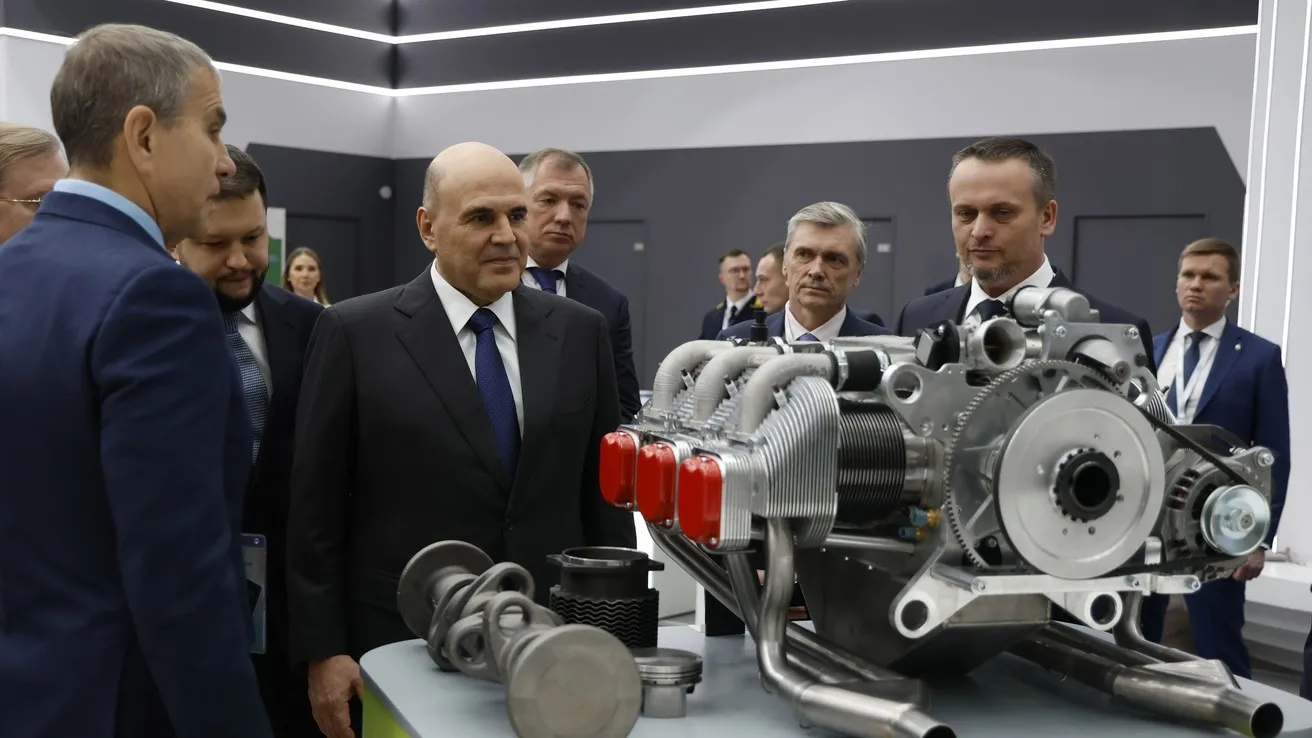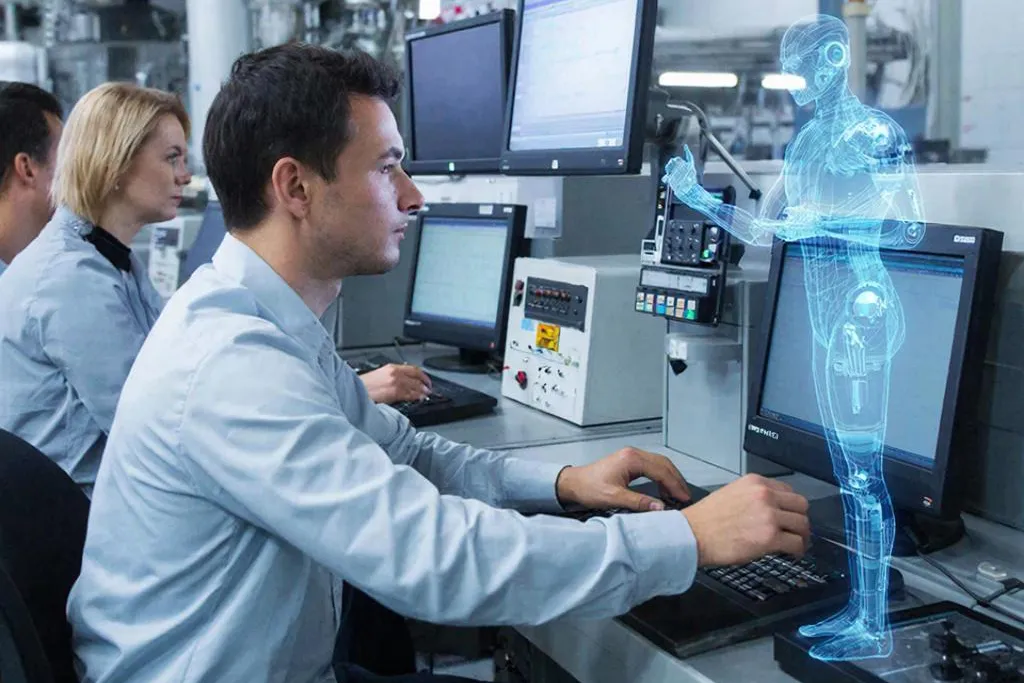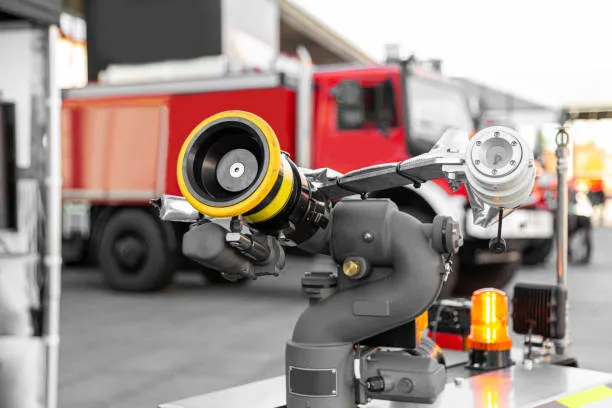Neural Networks in Russia Take On Engineering Design Tasks
Russia is accelerating the automation of mechanical engineering: new AI systems can now transform multiple data types into full‑fledged 3D CAD models, reducing development cycles and strengthening the country’s industrial sovereignty.

A New Generation of Engineering Automation
At the international AI Journey conference, Sber and the AIRI Institute unveiled a tool designed to automate core engineering workflows in mechanical design. The system is powered by the Cadrille model and is capable of converting three data formats simultaneously into ready‑to‑use 3D models inside CAD environments.
Its functionality continues to expand: most recently, the tool learned to translate traditional engineering drawings directly into digital CAD models. This ability to unify heterogeneous inputs—such as sketches, text specifications, and schematic files—significantly reduces the manual workload placed on engineers.
Two‑Stage Training for Global‑Level Performance
To train the model, specialists from Sber and AIRI applied a dual‑stage methodology. First, the model undergoes supervised fine‑tuning (SFT) on a large set of procedurally generated training data. Then, reinforcement learning (RL) is applied using feedback generated programmatically.
The researchers found that online RL algorithms—such as Group Relative Preference Optimization (GRPO)—outperform offline alternatives. These techniques have enabled Cadrille‑based solutions to achieve competitive advantages over international counterparts.
As these tools mature, they promise faster prototyping, fewer design bottlenecks, and greater efficiency for industrial teams—benefits that could accelerate innovation across Russia’s high‑tech manufacturing sectors.









































